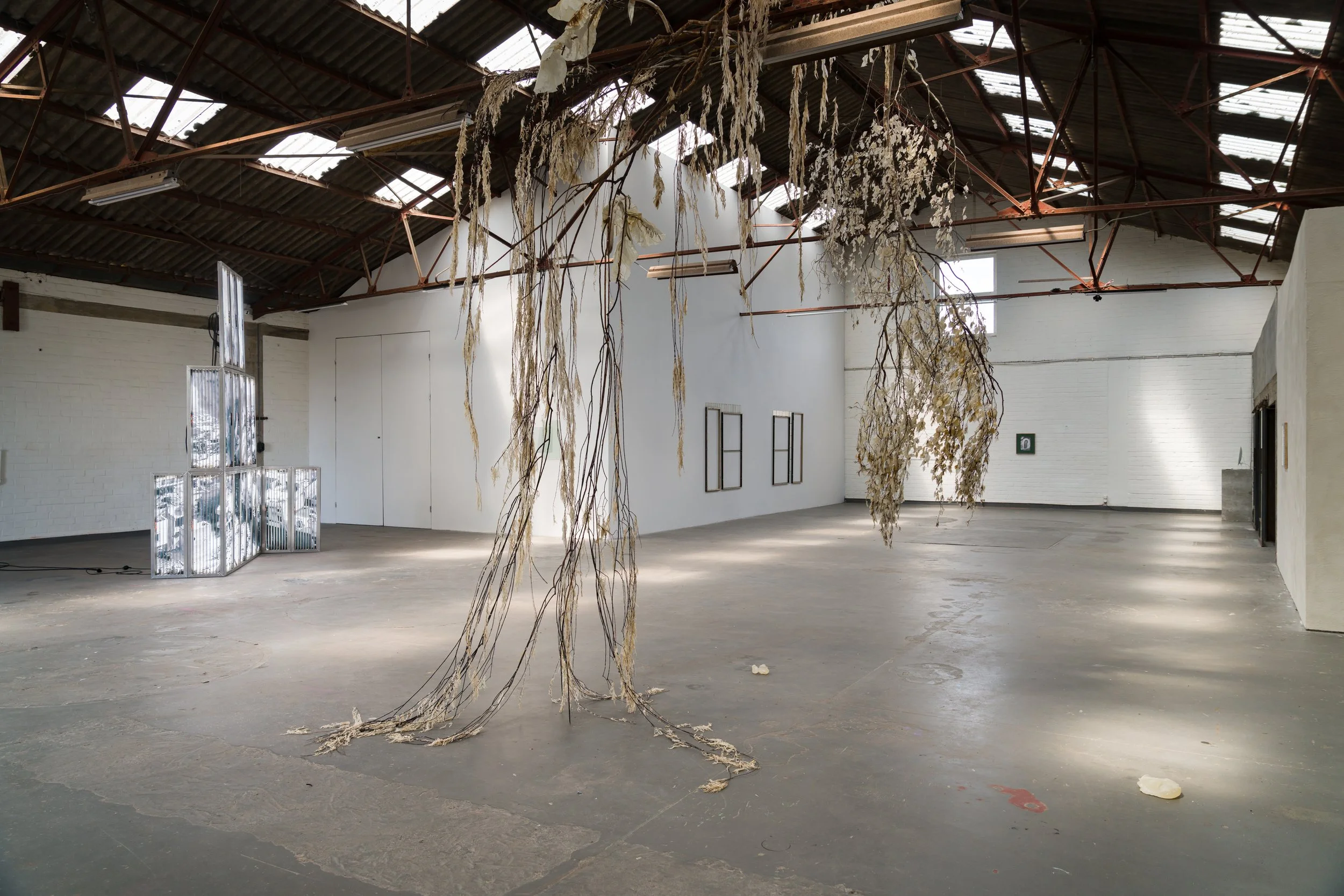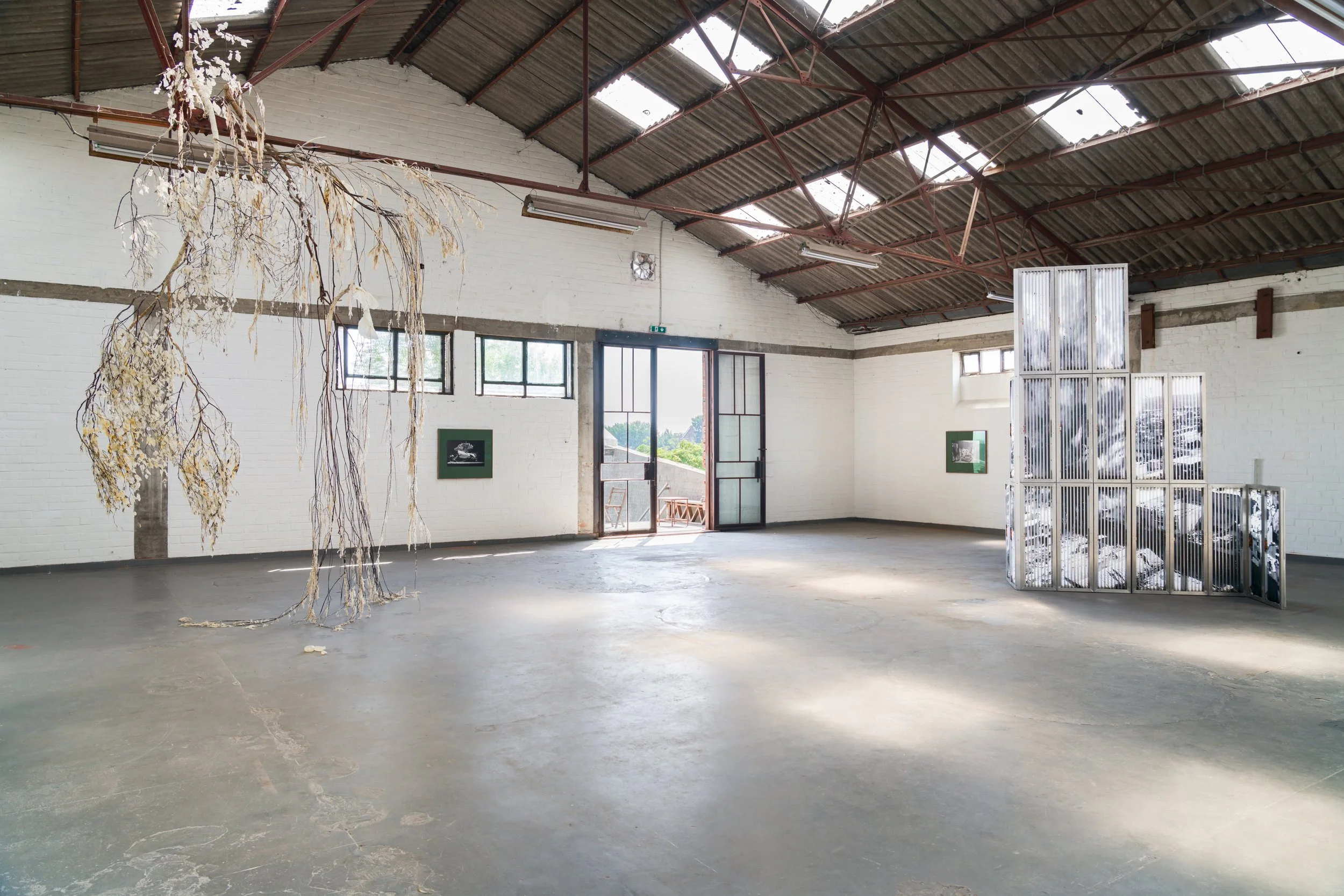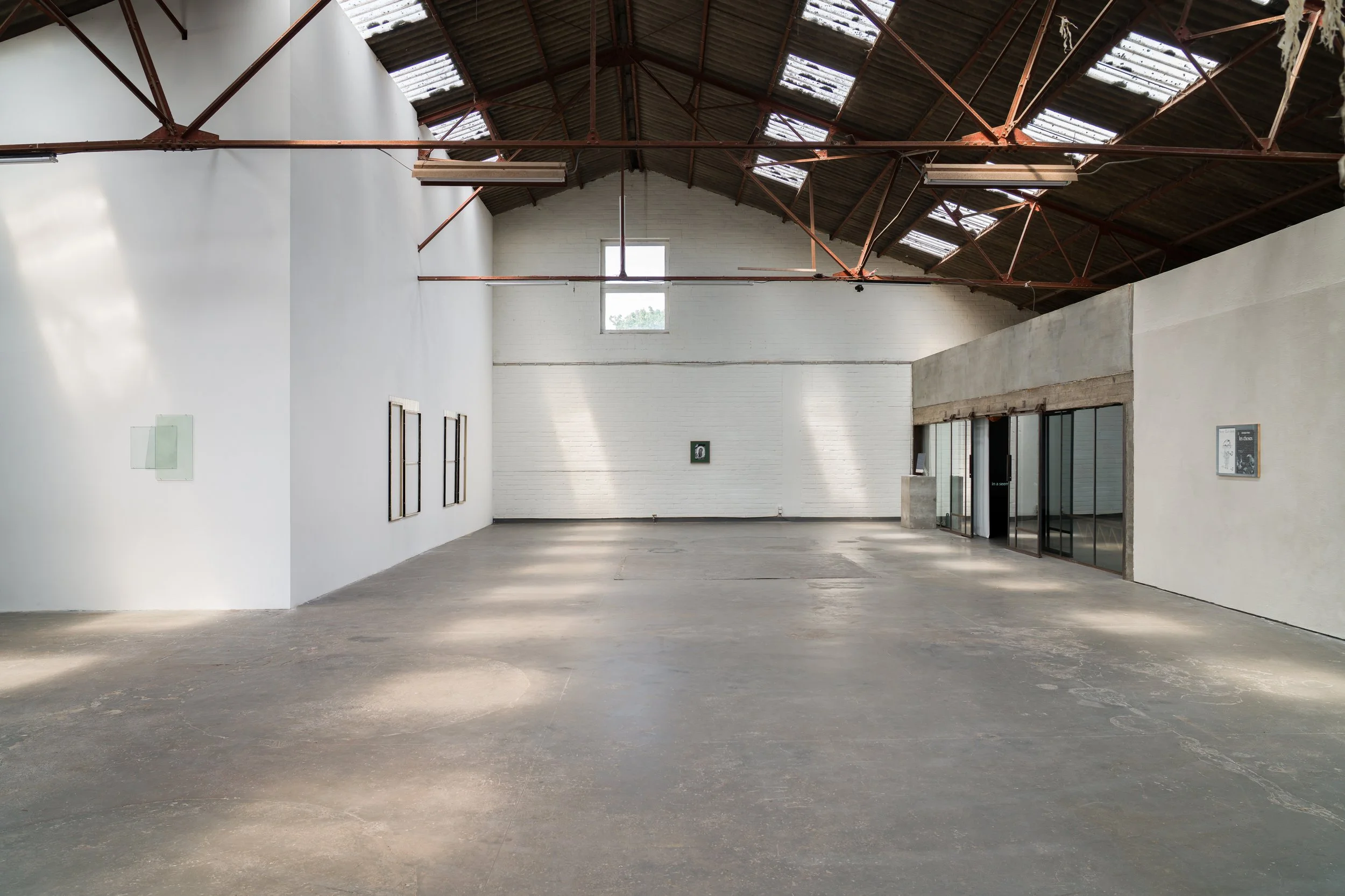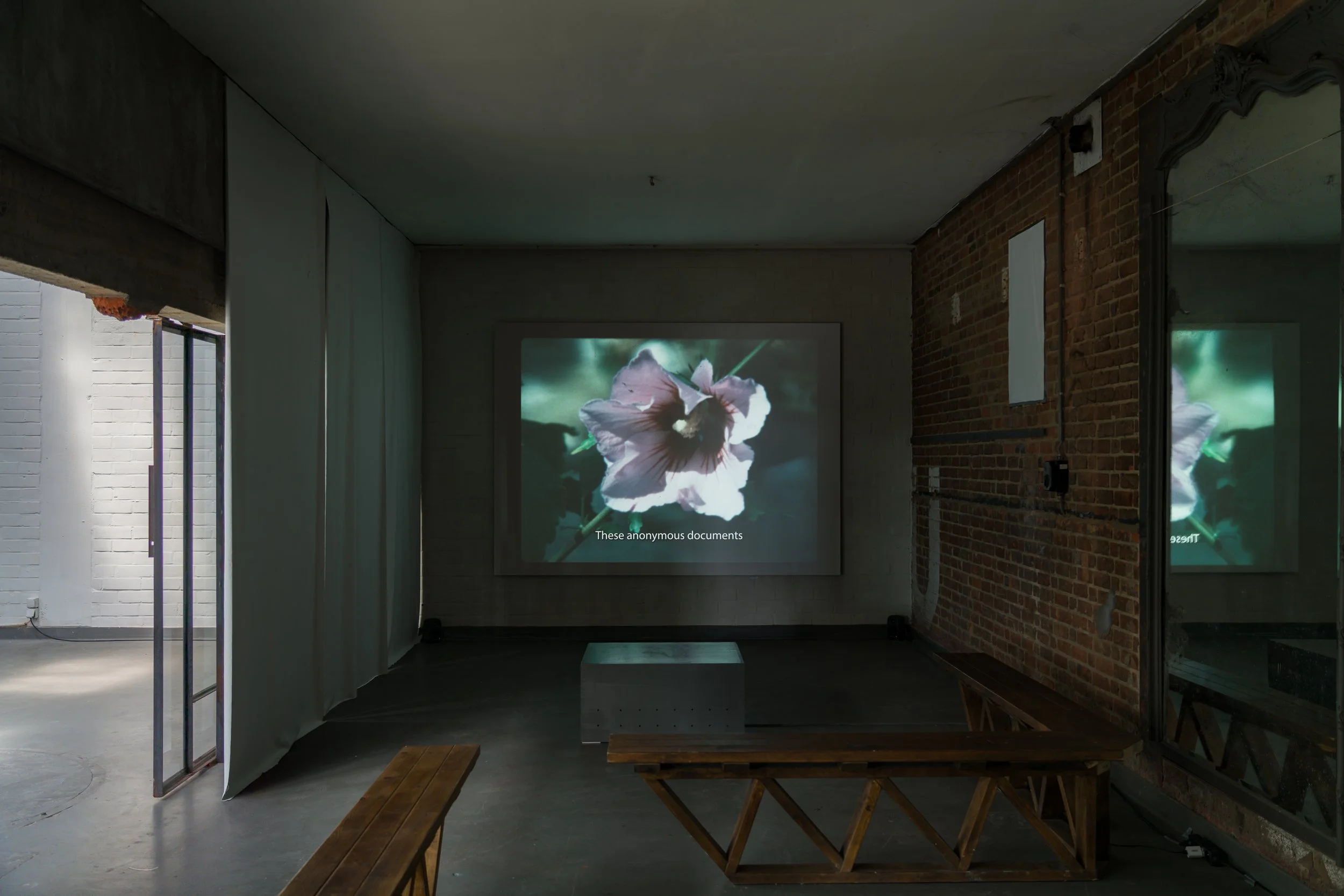












Mal d’Archive presents the works of Anneke Eussen, Luca Vanello, Max Pinckers & Victoria Gonzalez-Figueras, Jasper Rigole, and Jonathan Sullam.
Opening on Friday July 4th, 2025 from 6 - 10 pm.
Open on
Saturday 5 and Sunday 6 July from 2 to 6 pm.
Saturday 12 and Sunday 13 July from 2 to 6 pm.
Saturday 19 and Sunday 20 July from 2 to 6 pm.
Mal d’Archive
Humans hold onto things both tangible and intangible for a plethora of reasons - scientific, artistic, culinary or personal - in an attempt to get ahead of passing time. Diving into the various methods of preservation, we gain a special perspective on the persisting mechanisms of existence through examples like: traditions of extending the shelf-life of foods, collecting and organising numerous archives or possibly even undergoing surgical procedures to reverse one’s physical signs of ageing. We encounter these processes on a day-to-day basis, and yet, we rarely reflect.
Through a series of exhibitions organised by Ontsteking Ghent, the aim is to examine our ever-present inclination and desire to halt and reactivate the passing of time. Conservational processes begin with judgment and proceed with care, an assertive act of directing focused attention at the expense of what is deemed less worthy. Nearly all conceptions of such activity involve practising power by preserving a curated presence. Choosing what deserves to be kept and what does not inevitably creates a hierarchy of values, positioning the selected narrative as exemplary for both present and future audiences. In overriding the natural impermanence of things, we assert control over the organic processes of human nature and its artefacts.
In Archive Fever: A Freudian Impression, Jacques Derrida explores the nature of archiving through Freudian concepts, particularly the notion of the death drive. He presents this drive not merely as a tendency to reduce historical fragments to memory, but as a paradoxical force (both destructive and preservative) that compels the act of archiving even as it threatens to erase what is archived. The act of assigning value to certain materials to secure their place in the future is shown to emerge from within a specific paradigm. This paradigm supports and reinforces a broader belief system, one that is itself subject to change. As a result, what is once deemed worth preserving may later be excluded, as shifting values lead to the removal or marginalisation of elements no longer seen as desirable.
Historically, the accelerated tempo of creation, consumption, and distribution has created an environment that encourages an anxious response to preservation. Whether it' s an individual or a specific community, in a fast-paced world like our current times, the question of identity strongly depends on the past, amplifying the emotional need to collect, organise and preserve matters that contribute to the desired mythos of our roots. After all, in the age of perpetual self-optimisation, one’s heritage is something we rarely have control over, and if we do, it’ s hard to predict how its perception changes once it’s glossed over by the tricky veil of nostalgia. Artistic interpretations guide us through the layered meanings of memory, preservation, and time. When we interpret different approaches, we must consider how acts of intervention and conservation alter not only the object itself but also its relationship to the viewer and collective memory. By isolating an object from entropy, removing it from the flow of time and limiting access through curated conditions, it can be equipped with a new, primarysubtext.
Different artists engage with this transformation in distinct ways: some assume a godlike stance, exerting control to preserve or redefine meaning; others reinterpret the past, weaving new narratives through what remains; and some highlight the value of the subject through acts of care and collection, emphasising the intimacy of attention. As the first instalment of exhibitions that examine the previously discussed subject matter, Mal d’Archive presents the works of Anneke Eussen, Luca Vanello, Max Pinckers & Victoria Gonzalez-Figueras, Jasper Rigole, and Jonathan Sullam. Within the selection, we get to witness examples of preservational attitudes: discarded plants, obsolete medical fragments, and whispered memories form fragile assemblages that echo through the space. Images captured with an early Kodak trace the lingering architecture of colonial power, folding the past into the present. Above it all, a flickering city built from fluorescent tubes slowly dims, its fading light mirroring the quiet erosion of memory itself. Regardless of the wide spectrum of artistic intent, the transformation of the archived idea takes centre-stage; it unwillingly becomes a pseudo-sacred symbol, a ghost of bygone importance that is being carried on by the act of taking care.
